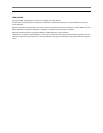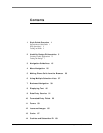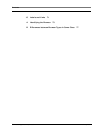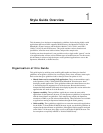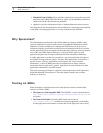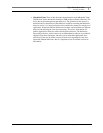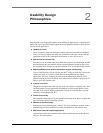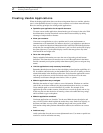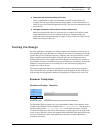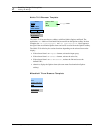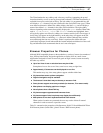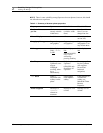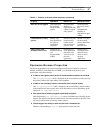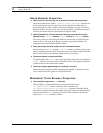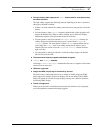
Usability Design Philosophies
Creating Usable Applications
2
6 Genie Application Style Guide February 2001
Creating Usable Applications
When developing applications, these are the most important factors to consider: who the
user is, what problems the user is trying to solve, and how to solve them most efficiently.
Here are some key principles for creating usable applications:
■ Specialise your application for the specific browsers.
To create a more usable application, determine the type of browser in the code. With
that information, develop customised versions that increase usability by taking
advantage of unique browser features.
■ Know your customer.
Users turn to an application to solve a problem and, in some environments, to
communicate or be entertained. For instance, the user’s goal might be to purchase an
item or to upload and download information while in the field. Build the application
to help the user accomplish that goal. If the user’s goal is to find a stock quote, display
the quote right away. Use the quote display screen as the entry point to any other
information the user might want.
■ Get to the value quickly.
Deeply embedded information can cause the user to forget the goal and become
frustrated. This frustration will cause the user to avoid the application in the future.
Provide commonly used options quickly rather than requiring users to navigate deep
menus.
■ Limit the application to only necessary functionality.
Remember that the browser does not have the display and navigation capabilities of a
PC. In addition, while browsing on the handheld device, the user is looking to find or
submit information in the shortest possible time. Scale down the application to meet
only the goals of the user, and do not include extras. Provide access to the most
commonly used features through menu choices, links, or options.
■ Make the application easy to navigate.
Minimise the number of steps it takes to access information. Eliminate or combine
cards if this can be done without losing important information, choices, or content.
Create multiple paths to access information, if possible. For example, if the
application provides weather content, allow the user to search by postal code or city.
In this way, the user has the choice of entering a short code rather than long strings,
which are hard to type on the phone.
■ Make the application consistent.
Consistent applications are “intuitive” for the user. Make the texts descriptive and
easy to follow. Labels should explain the actions they cause. Order lists logically, so
that items and links are easy to find. Although images and icons provide added
information to help make pertinent information stand out, be careful not to overuse
them.
■ Avoid text entry.
Avoid queries that force the user to enter alphanumeric text. Use menus or partial text
searches to avoid or minimise text entry.



